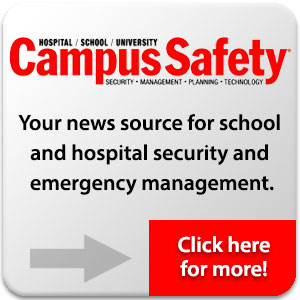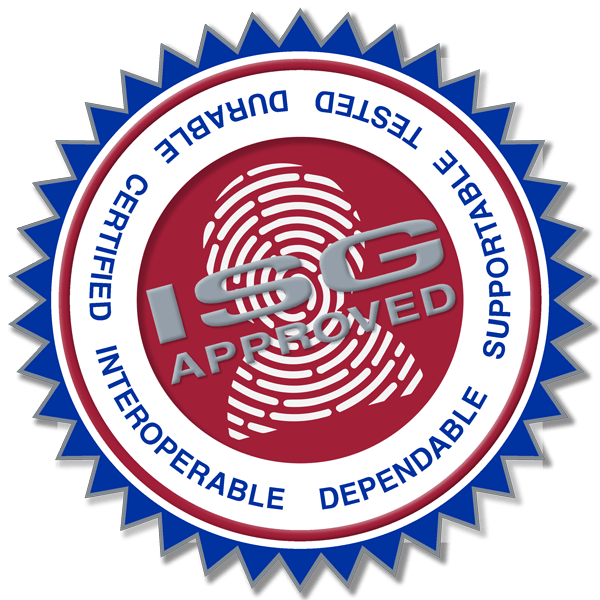Healthcare organizations have good reasons to want to improve safety for their employees. While significant effort has been expended and resources spent — sometimes with good results, sometimes less so — only recently has the very idea of what “safety” means — and where it applies — been challenged.
The new concept of “safety everywhere” is being adopted as an alternative to the traditional assumption, which was that the organization’s duty of care ended as soon as an employee left the building. For advocates, the traditional view — that once an employee is outside, they are largely on their own — is increasingly untenable. The assumption now is that the well-being of employees should be a matter of concern to the employer regardless of where they are.
How Does “Safety Everywhere” Work?
Several factors are driving this change in attitude. One of the most important is that the health sector labor market is much more competitive today, and employers are having to work harder to recruit good staff and keep them. Even a single incident — a verbal or physical assault — can be devastating. It can undermine an individual’s self-confidence, their sense of security, and their motivation, both in the immediate aftermath of the incident and in the long term.
In settings where incidents occur repeatedly, or where the threat is perceived to be persistent, the effects can be even more corrosive. A sense of anxiety felt by one team member can spread and impact colleagues as well. This can lead to a downward spiral with staff who are less confident becoming less effective at de-escalation, less able to control their interactions with others, and, consequently, even more vulnerable.
We see the results of this negative spiral in increased stress, higher levels of sickness and absence, and greater costs for organizations as they struggle to maintain service levels. In settings where there is already understaffing, one result of violence and aggression is that organizations are being forced to use more agency staff and divert more resources to recruitment and retention. They also face increased risks of litigation or penalties from regulators if they fail in their duty of care to keep staff safe.
Secondly, new technologies have become available that allow policing and security services to extend their safeguarding reach much further and much more affordably, taking them well beyond their former boundaries.
The Limitations of “Safety Everywhere”
Anyone who has used traditional safety solutions knows their limitations. They were good up to a point, but they were only effective in some locations, were less easy to use, and didn’t support a rapid and confident response. For example, fixed blue phone call points only worked if the person needing help happened to be within easy reach, and if the phone had been maintained in good working order. They didn’t allow real-time location sharing, recognizing the reality that someone in trouble might move to another location. And there are familiarity and confidence barriers with any system that’s designed to be used in an emergency only. Somebody afraid or in trouble might not be able to speak clearly or might not wish to.
Many limitations also apply to traditional duress, RTLS (real-time locating systems), and lone worker solutions: lack of geographic reach, limited functionality, and poor usability. Often, they have been expensive to operate and maintain, and pricing structures have been a disincentive to widespread use. In some cases, organizations have been forced to compromise and limit the number of users on the system. Sometimes duty of care responsibility is pushed down to individual line managers who may be clinical specialists but do not have the expertise to choose which of their colleagues should be protected and which — because they are deemed to be at less risk — should not.
Increasingly, compromising on safety provisions in this way may be judged to be an abdication of responsibility. The need for new thinking will become more important in the years ahead. By 2023, it was predicted that 25% of healthcare would be delivered in the community (McKinsey, 2022) and that figure is forecast to rise as more patients are treated in their homes due to hospital capacity stresses.
Organizations will be vulnerable to accusations of neglect or failure if they do not establish staff protection standards that apply to all workers, at every level, in every department – including those who work alone.
The Future of “Safety Everywhere”
As a result of recent innovations, such compromises are no longer necessary. Response teams can now receive and act upon emergency help requests from health and care practitioners wherever they are (in the community, visiting patients’ homes, traveling, walking through the parking lot), and on the screens in front of them. dispatch officers can have all the instant information they need to trigger a rapid response, if required.
This capability was not available only a few years back. Equipped with it, control room teams can now pinpoint exactly where a health worker asking for help is. They can see pre-registered information about any additional vulnerabilities that person has (medical conditions, problematic relationships, protected attributes, other factors that may put them at particular risk) and they can coordinate attendance by the nearest responders.
As a further development, with the growth of alliances between institutions (hospitals, universities, and other major employers), the response can also be supported by officers from nearby partner agencies as well as blue light services.
Healthcare Safety Solutions from the ISG
Managing all of the people moving in and out of your facilities everyday can be a daunting task. You have employees, patients, visitors and other parties traveling in and out of your buildings, parking lots and grounds. Keeping them all safe while also protecting the security of your property and assets is no easy chore.
The Identification Systems Group is here to help. With solutions ranging from identification, tracking, access control and more, we can assist your healthcare organization with everything it needs to provide safety everywhere.
Talk with your local ISG dealer member about your security and safety needs. They can also integrate photo ID card issuance, mobile credentials, asset tracking, visitor management, access control and campus card services into a complete campus-wide or multi-campus solution.
Contact us to start a conversation today.
Original article written by Darren Chalmers-Stevens for Campus Safety Magazine.


